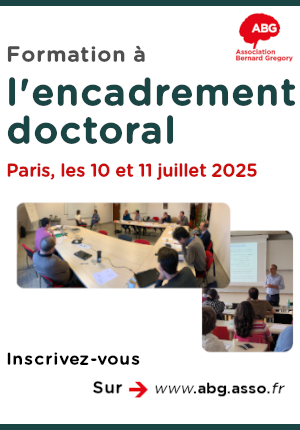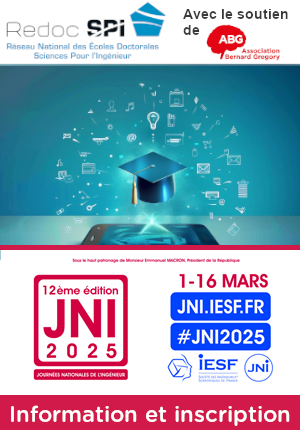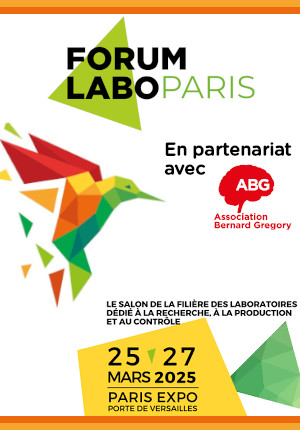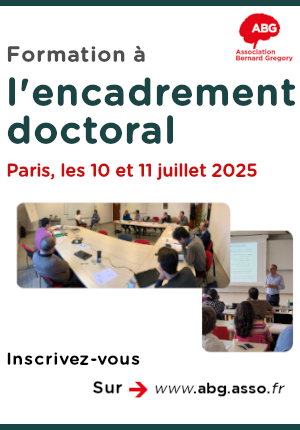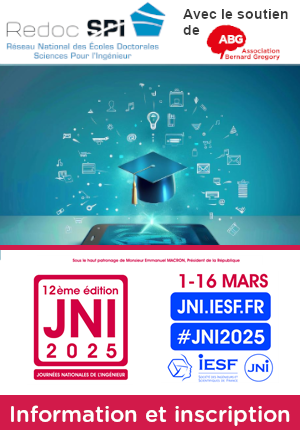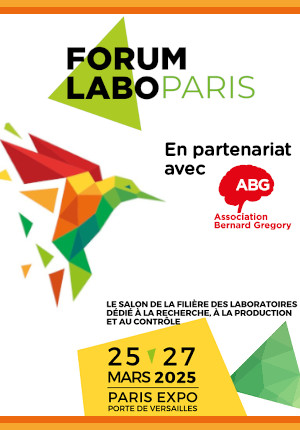PhD Offer - Wearable conformal arrays on flexible substrates for real-time obstacle detection
| ABG-128815 | Thesis topic | |
| 2025-02-22 | Public funding alone (i.e. government, region, European, international organization research grant) |

- Engineering sciences
- Physics
Topic description
Context: The portability and reliability of electronic travel aids (ETA) have been and remain a fundamentally new and interdisciplinary challenge to tackle. ETA should be at the same time minimally invasive, lightweight and should help visually impaired people both to navigate in the environment and interact with the surrounding objects/elements. However, conventional ETA solutions require to carry one or multiple cumbersome and sometimes heavy objects (engineered glasses, smart white canes, etc.). Therefore, to solve the portability issue, it would be necessary to replace the actual generation of rigid bulky sensors by wearable and flexible devices integrated with clothes or fixed on any arbitrary object. Radars, in contrast to other technologies, are a well-established technique that allow to distinguish target position and velocity and even provide a 3D image of the environment in real time, do not affect the user privacy, and do not depend on external light conditions.
Objective of the PhD project: This PhD project will build on our group’s ongoing research into wearable radars. With this thesis, we aim to advance this research form two complementary viewpoints.
1. Investigate low-power, conformable antenna arrays that can be seamlessly
integrated into the user’s clothing. This approach will enable 3D environmental scanning, enhancing the wearer’s situational awareness.
2. Develop real-time reconstruction algorithms for portable devices, that
address the challenges arising from the user’s movements.
The PhD student will be expected to tackle the problem through a comprehensive approach, incorporating theoretical, numerical, and experimental techniques. Upon completion of this PhD project, we anticipate significant innovation potential, including the development of a functional prototype.
References:
[1] M. Mercuri, G. Sacco, R. Hornung, H. Visser, I. Lorato, S. Pisa, P. Veltri, and G. Dolmans, “Enhanced technique for accurate localization and life-sign detection of human subjects using beam-steering radar architectures,” IEEE Transactions on Biomedical Engineering, pp. 1–13, 2024, ISSN: 0018-9294, 1558-2531.DOI: 10.1109/TBME.2024.3463199.
[2] P. Vadher, A. K. Skrivervik, Q. Zeng, R. Sauleau, J. S. Ho, G. Sacco, and D. Nikolayev, Conformal wide-angle scanning leaky-wave antenna for V-band on-body applications, Sep. 2024. arXiv: 2407 . 13644
[physics]. (visited on 09/17/2024).
[3] P. Vadher, G. Sacco, and D. Nikolayev, “Meandering microstrip leaky-wave antenna with dual-band linear–circular polarization and suppressed open stopband,” IEEE Transactions on Antennas and Propagation,
vol. 72, pp. 375–386, Nov. 2023, ISSN: 0018-926X, 1558-2221. DOI: 10.1109/TAP.2023.3328558.
[4] M. Mercuri, G. Sacco, R. Hornung, P. Zhang, H. J. Visser, M. Hijdra, Y.-H. Liu, S. Pisa, B. van Liempd, and T. Torfs, “2-D Localization, angular separation and vital signs monitoring using a SISO FMCW radar for smart
long-term health monitoring environments,” IEEE Internet of Things Journal, vol. 8, no. 14, pp. 11 065–11 077, Jul. 2021, ISSN: 2327-4662, 2372-2541. DOI: 10.1109/JIOT.2021.3051580.
Starting date
Funding category
Funding further details
Presentation of host institution and host laboratory
The PhD student will join Electromagnetic Waves in Complex Media Team (eWAVES) of the IETR/CNRS. IETR is one of the leading EU research laboratories in electronics, wireless communications, and digital technologies. Our research activities in biomedical electromagnetics cover a wide spectrum of fundamental and applied research spreading from multi-physics and multi-scale modelling to biomedical radars and advanced technologies for body-centric wireless communications. The team was at the origin of pioneering innovations in biomedical electromagnetics, including the first mmWave tissue-equivalent phantoms, novel reflectivity based surface phantom concept, new broadband multi-physics characterization technique for Debye-type materials, innovative mmWave textile antennas for smart clothing, ultra-robust miniature implantable UHF antennas, first mmWave reverberation chamber.
Website :
PhD title
Country where you obtained your PhD
Institution awarding doctoral degree
Candidate's profile
Education: MS or equivalent degree in biomedical engineering, electrical engineering, or physics.
• Background: knowledge in electronics, signal processing, bioelectromagnetics, numerical modelling. Experience with commercial or open-source numerical solvers (e.g., CST, Ansys, SIM4LIFE, COMSOL Multiphysics) and programming skills (e.g., MATLAB, Mathematica) are welcome but not mandatory.
• Fluency in English: the candidate should be conversant and articulate in English and must have strong writing skills. Knowledge of French is not required but would be appreciated.
Vous avez déjà un compte ?
Nouvel utilisateur ?
Get ABG’s monthly newsletters including news, job offers, grants & fellowships and a selection of relevant events…
Discover our members
 ONERA - The French Aerospace Lab
ONERA - The French Aerospace Lab 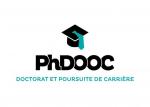 PhDOOC
PhDOOC 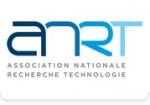 ANRT
ANRT  TotalEnergies
TotalEnergies  Généthon
Généthon  Institut Sup'biotech de Paris
Institut Sup'biotech de Paris  SUEZ
SUEZ  Ifremer
Ifremer  Tecknowmetrix
Tecknowmetrix  Institut de Radioprotection et de Sureté Nucléaire - IRSN - Siège
Institut de Radioprotection et de Sureté Nucléaire - IRSN - Siège  CASDEN
CASDEN  CESI
CESI  Aérocentre, Pôle d'excellence régional
Aérocentre, Pôle d'excellence régional  MabDesign
MabDesign  Nokia Bell Labs France
Nokia Bell Labs France  MabDesign
MabDesign  Laboratoire National de Métrologie et d'Essais - LNE
Laboratoire National de Métrologie et d'Essais - LNE 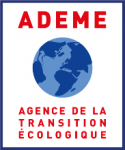 ADEME
ADEME  Groupe AFNOR - Association française de normalisation
Groupe AFNOR - Association française de normalisation

